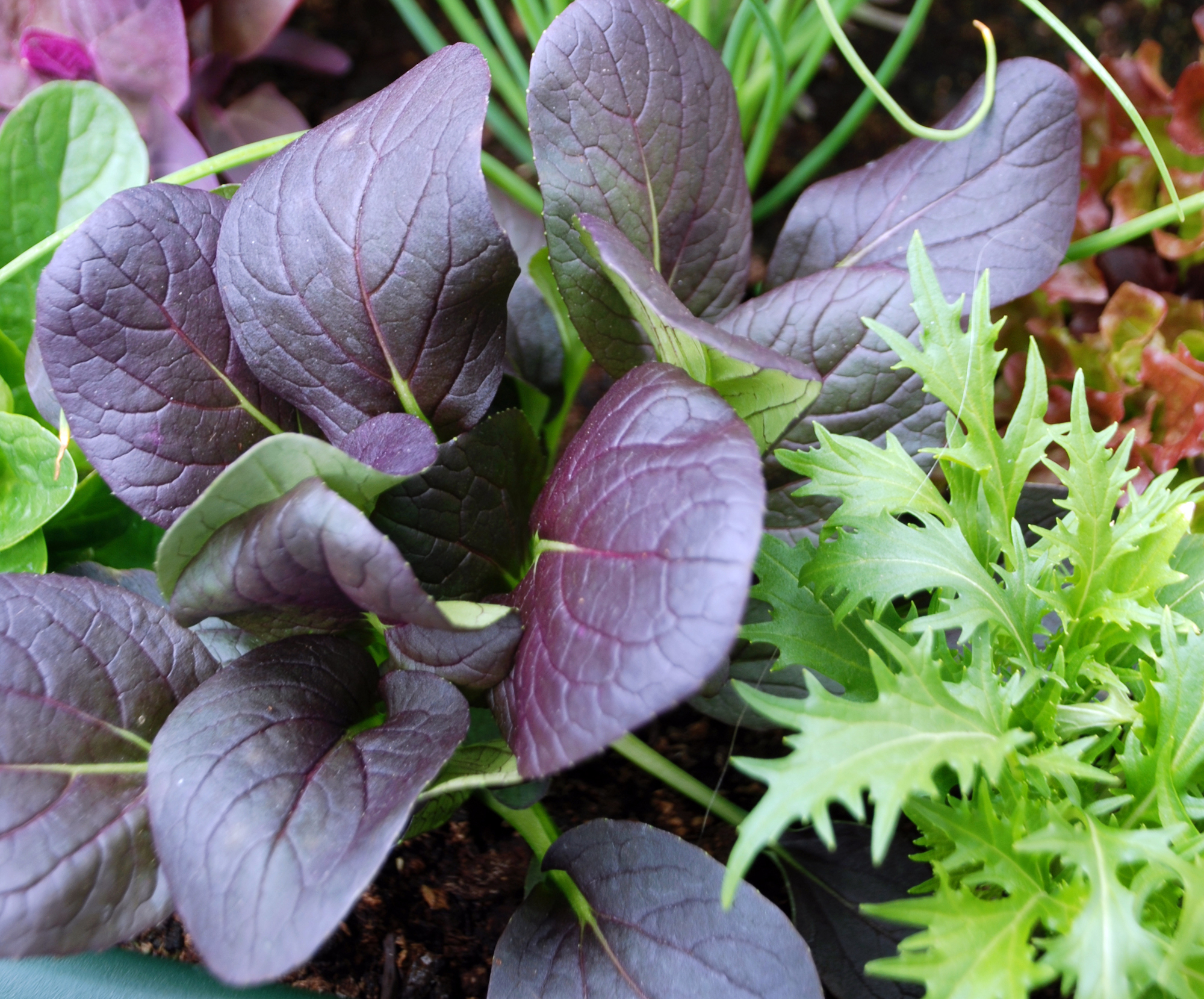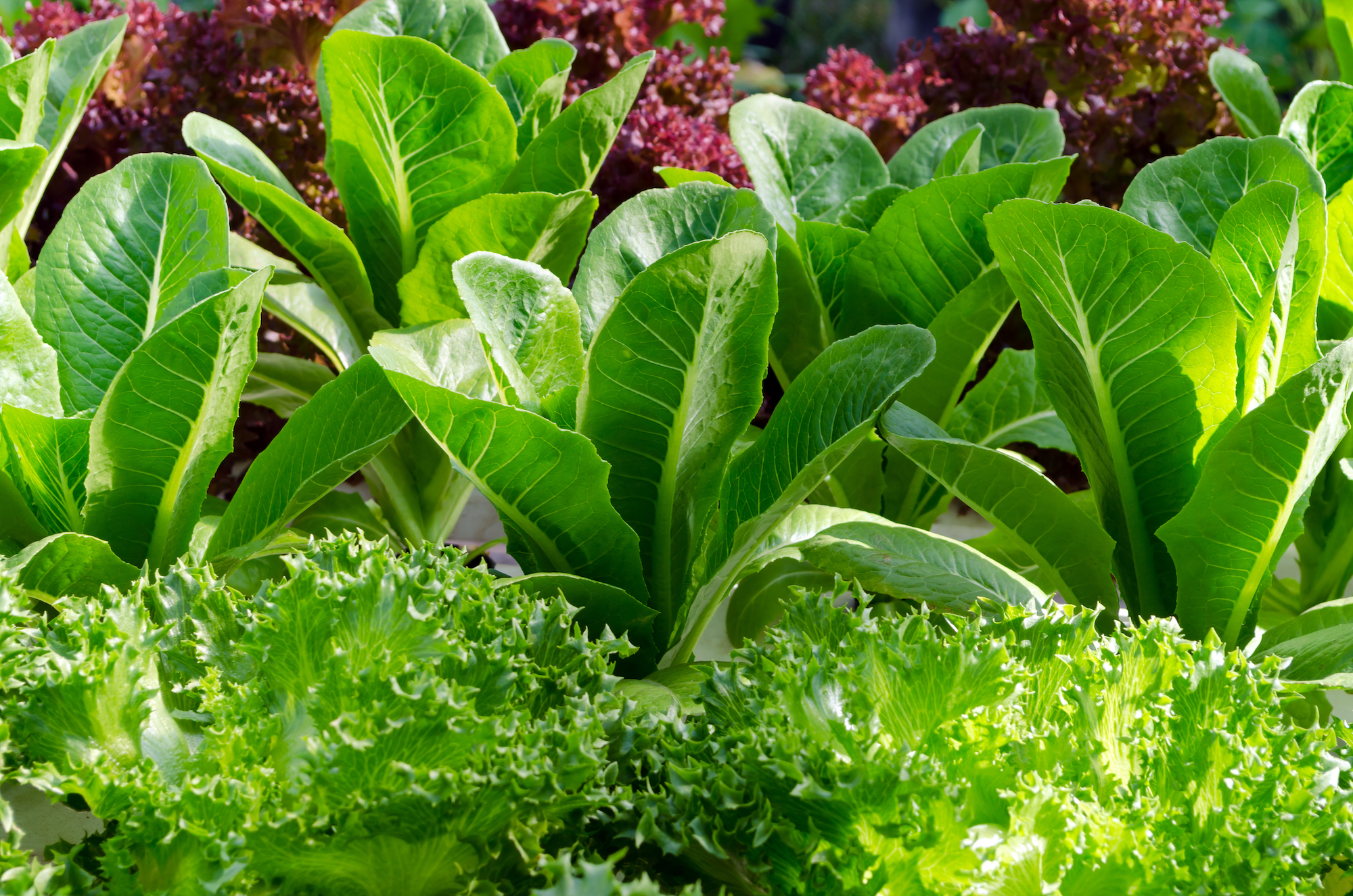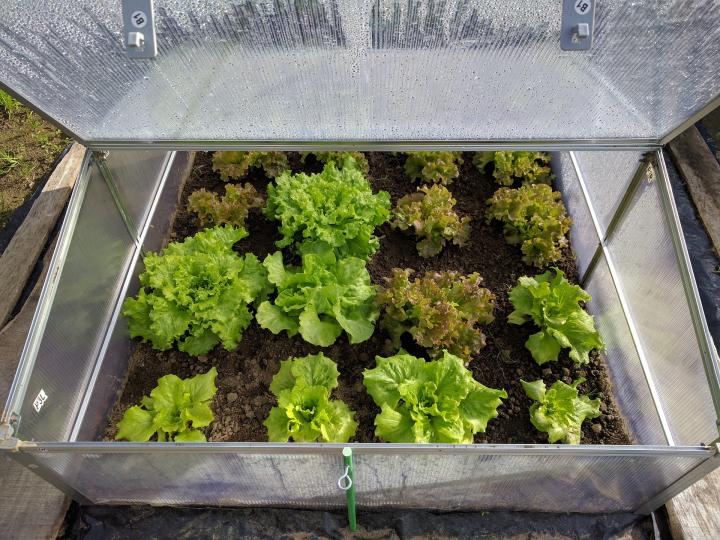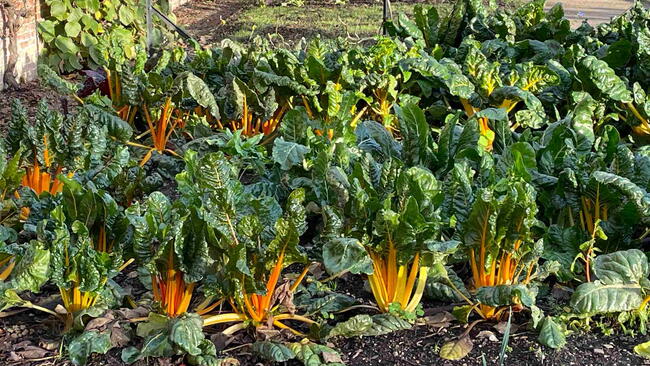
Grow crisp, tasty lettuce with ease—from seed to salad bowl.
Read Next
Types
Some of our favorite varieties include:
- Crisphead: ‘Great Lakes’, ‘Ithaca’, ‘King Crown’, ‘Mission’, ‘Summertime’
- Romaine (Cos)/Butterhead: ‘Burpee Bibb’, ‘Cosmo Savoy’, ‘Green Towers’, ‘Little Gem’, ‘Paris White Cos’, ‘Parris Island’, ‘Valmaine’
- Loose-Leaf: ‘Black Seeded Simpson’, ‘Green Ice’, ‘Ibis’, ‘Lollo Rossa’, ‘Oak Leaf’, ‘Prizehead’, ‘Salad Bowl’, ‘Slobolt’
- Red Leaf: ‘New Red Fire’, ‘Red Sails’, ‘Ruby Red’ (Not recommended for hot weather areas; the red pigment absorbs more heat.)
…But there are so many more types of lettuce to explore! What are your favorites?

Gardening Products
Cooking Notes
Lettuce makes the perfect base for any number of salads. Try these eight great salad recipes with your harvest!
More Like This
It depends how you harvested. If you cut off all the leaves with scissor at soil level, it will grow back in a few weeks. You may even get a third cutting. This "cut and come again" method is actually our preferred way to go. Obviously, if you pulled the whole head or any of the roots, that's it! Seed more lettuce.
You can start harvesting baby greens when they are 4 to 6 inches in height (about 25-40 days from planting). When you top harvesting is a judgemental call. The leaves will taste bitter and the plant will look weak and no longer be producing leaves.
How you harvest is up to you. You can use scissors and cut your lettuce off at the soil. And then the plants will produce new leaves from the base and can be harvested a seconod time in 3 to 4 weeks. Or you can plant so that each head is 4 to 6 inches apart and harvest outer leaves or entire plants.
- « Previous
- 1
- 2
- …
- 10
- Next »













Comments